Rising Student Enrollment Rates
The School Bus Market is poised for growth due to rising student enrollment rates across various regions. As populations increase and more families choose to enroll their children in public and private educational institutions, the demand for school transportation services is expected to rise correspondingly. Recent statistics indicate that student enrollment in primary and secondary schools has been on an upward trajectory, which directly impacts the need for additional school buses. This trend is particularly evident in urban areas where population density is high. Consequently, school districts are compelled to expand their transportation fleets to accommodate the growing number of students. This surge in enrollment not only drives demand for new buses but also encourages investment in more efficient and safer transportation solutions within the School Bus Market.
Government Initiatives and Funding
Government initiatives and funding programs are significantly influencing the School Bus Market. Various governments are implementing policies aimed at modernizing school transportation systems, which often include financial incentives for purchasing new buses. For example, federal and state grants are available to support the transition to electric buses, thereby reducing the financial burden on school districts. In recent years, funding allocations for school transportation have increased, reflecting a commitment to improving student safety and accessibility. This financial support is crucial for schools looking to upgrade their fleets, particularly in underserved areas. As a result, the School Bus Market is likely to benefit from these initiatives, fostering a more efficient and safer transportation environment for students.
Focus on Enhanced Safety Regulations
The School Bus Market is increasingly shaped by a focus on enhanced safety regulations. Governments and educational authorities are implementing stricter safety standards for school buses to ensure the well-being of students during transit. These regulations often encompass various aspects, including vehicle design, maintenance protocols, and driver training requirements. For instance, many regions now mandate the installation of advanced safety features such as automatic braking systems and improved visibility aids. As a result, manufacturers are compelled to innovate and comply with these evolving standards, which can lead to increased production costs. However, the long-term benefits of enhanced safety measures are likely to outweigh these costs, as they contribute to reducing accidents and improving overall student safety. Thus, the emphasis on safety regulations is expected to drive growth within the School Bus Market.
Technological Advancements in Bus Design
Technological innovations are reshaping the School Bus Market, enhancing both safety and efficiency. The integration of advanced technologies such as GPS tracking, real-time monitoring systems, and automated safety features is becoming increasingly prevalent. These advancements not only improve operational efficiency but also provide parents and school administrators with peace of mind regarding student safety. For instance, the implementation of smart routing systems can optimize bus routes, reducing fuel consumption and travel time. Furthermore, the market for electric buses is expanding, with manufacturers investing heavily in research and development to improve battery life and charging infrastructure. As these technologies continue to evolve, they are expected to play a pivotal role in driving the growth of the School Bus Market.
Increasing Demand for Sustainable Transportation
The School Bus Market is witnessing a notable shift towards sustainable transportation solutions. As environmental concerns gain prominence, educational institutions are increasingly opting for eco-friendly school buses. This trend is driven by a growing awareness of carbon emissions and the need for cleaner air in urban areas. According to recent data, the adoption of electric and hybrid buses is projected to rise significantly, with estimates suggesting that by 2026, electric buses could account for over 30% of new school bus sales. This transition not only aligns with global sustainability goals but also offers long-term cost savings in fuel and maintenance for school districts. Consequently, the School Bus Market is likely to experience robust growth as more stakeholders prioritize environmentally responsible choices.


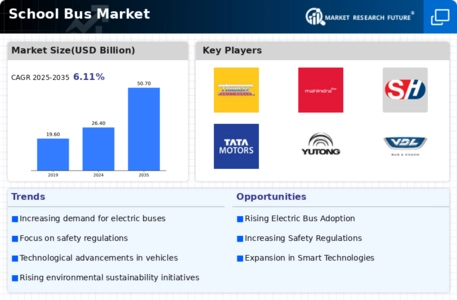
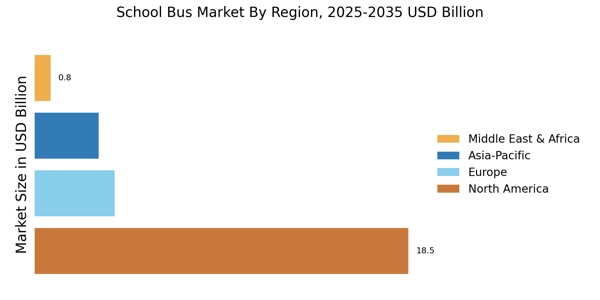
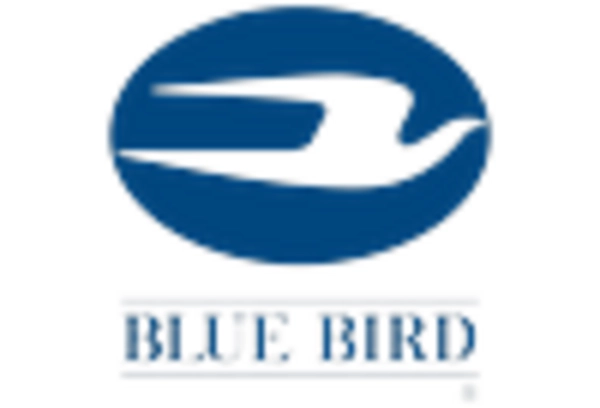
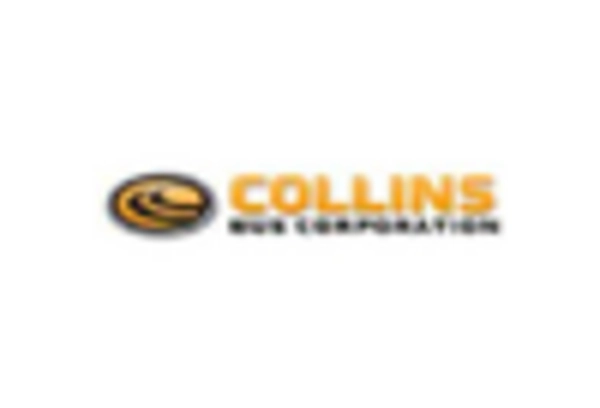
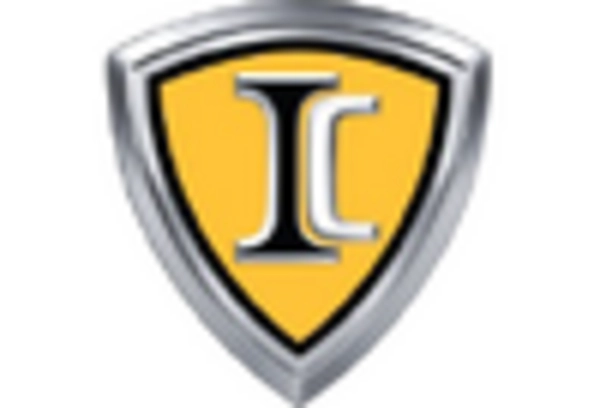
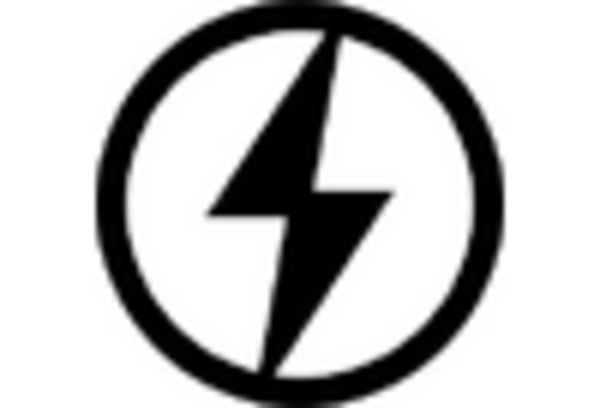
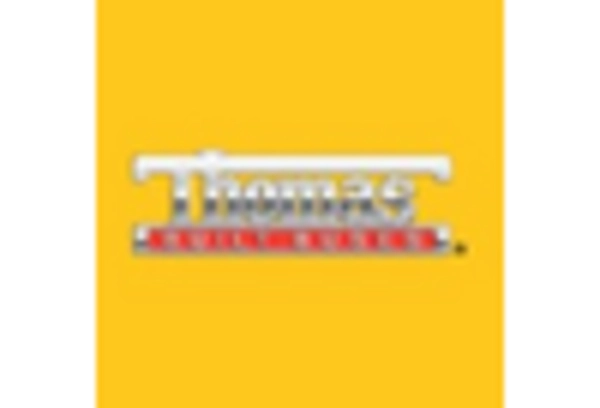
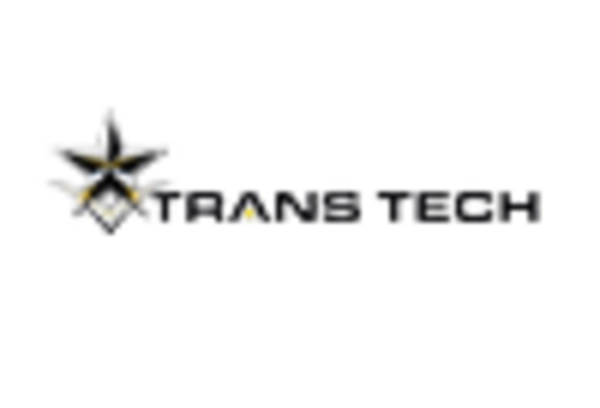








Leave a Comment